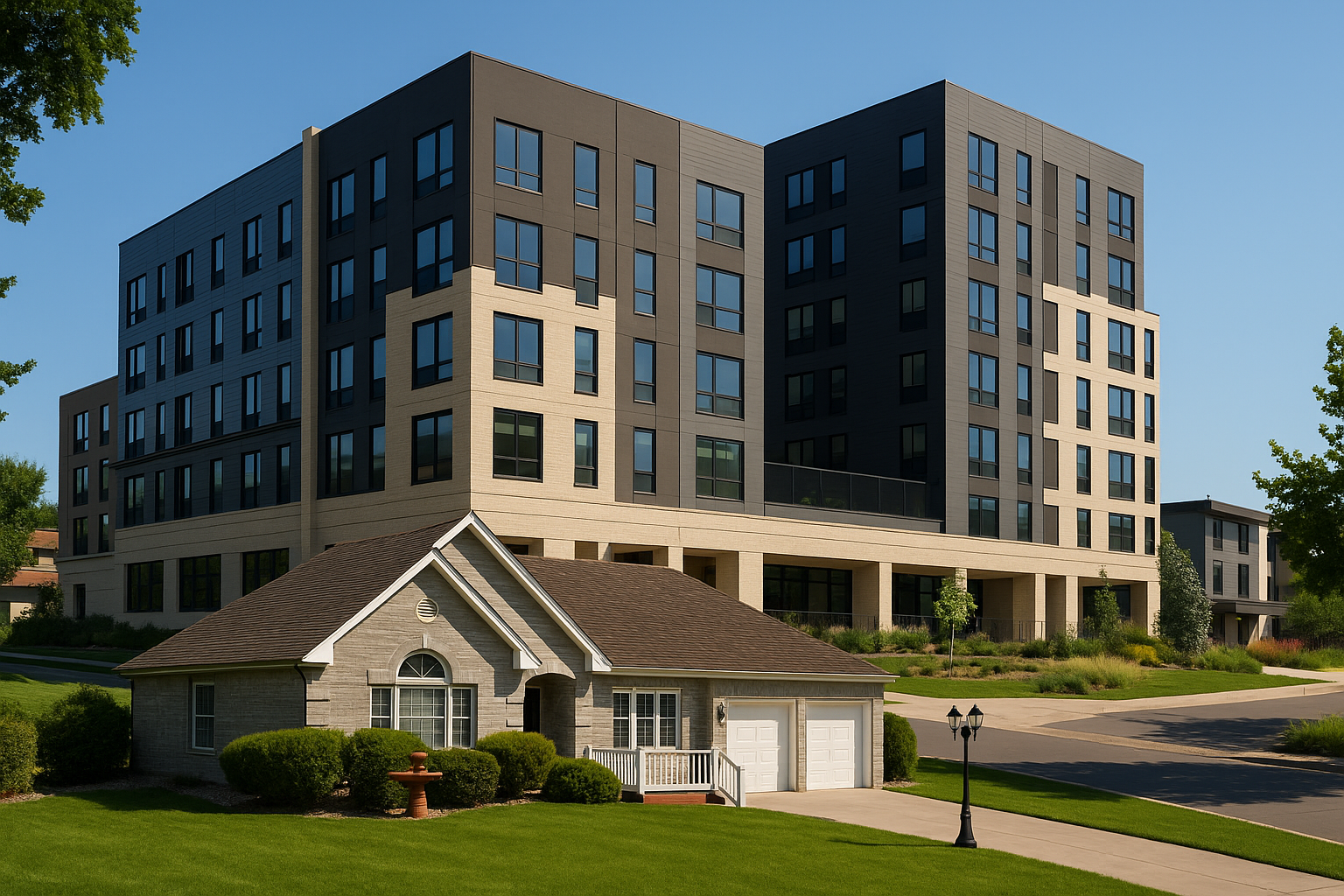BLOG
The Forever Home: Smart Features Every Buyer Should Look for to Age in Place Gracefully
For many home buyers approaching retirement, the ideal home isn’t about square footage or curb appeal—it’s about comfort, safety, and the ability to live independently for years to come. The goal is simple: find a house that grows with you.
The Gist
When searching for a home to age in place, focus on features that support safety, convenience, and adaptability—such as step-free entries, wider doorways, single-level layouts, and smart home technology. Accessibility, lighting, and energy efficiency should be considered essential, not optional.
Home Features That Make Aging in Place Easier
Below is a practical guide to help you identify homes designed for long-term comfort and independence.
Accessibility Essentials
● Zero-step entryway
● Wide interior doors (at least 32 inches)
● Lever-style door handles and faucets
● Non-slip flooring, especially in kitchens and bathrooms
Comfort Upgrades
● First-floor bedroom and full bathroom
● Walk-in shower with built-in bench
● Adjustable-height countertops
● Bright, glare-free lighting throughout
Safety Features
● Grab bars near toilets and tubs
● No-threshold showers
● Smart home monitoring or emergency call systems
● Ample exterior lighting for nighttime safety
For inspiration, explore resources like the AARP HomeFit Guide or design ideas from Houzz.
Key Rooms and What to Check
| Area | Must-Have Features | Why It Matters |
|---|---|---|
| Bathroom | Walk-in shower, slip-resistant floor | Prevents falls and supports mobility |
| Kitchen | Lower cabinets, pull-out drawers | Reduces bending and reaching strain |
| Bedroom | Ample floor space, nearby bathroom | Improves nighttime safety |
| Living Room | Open floor plan, good lighting | Enhances mobility and reduces obstacles |
| Entryway | Step-free threshold, motion lighting | Supports wheelchair and walker use |
A Modern Home That Works Smarter
A home that ages with you should also work for you. Homes equipped with modern appliances—like induction cooktops, energy-efficient dishwashers, and smart thermostats—help reduce both effort and energy costs.
As appliances become more advanced, repair costs can rise, so it’s wise to consider purchasing a home warranty to protect against unexpected expenses. Home warranties are customizable annual service plans that cover repair or replacement of major home systems and appliances, with optional add-ons for wear and tear.
How to Evaluate a Home for Accessibility
1. Do a 5-Minute Entry Test: Walk from the driveway to the main bedroom—look for steps, tight corners, or obstacles.
2. Check Lighting at Different Times of Day: Older eyes need significantly more light to see safely.
3. Inspect Cabinet Heights: Anything above shoulder level or below the knee can be inconvenient as mobility changes.
4. Simulate Daily Routines: Imagine carrying groceries, showering, or doing laundry.
Ask About Modification Options: Builders like Lennar Homes, KB Home, and Pulte offer adaptable design options.

Frequently Asked Questions
What’s the best home layout for aging in place?
Single-level homes are ideal, as they eliminate stair risks and make navigation easier for mobility aids.
Should I prioritize location or layout?
Both matter. Proximity to healthcare, groceries, and public transportation can be just as valuable as an accessible floor plan.
Can older homes be modified easily?
Yes, but feasibility depends on the structure. Some homes require major work to accommodate ramps or wider doors.
Are there financing options for home modifications?
Yes. Check programs like the FHA’s 203(k) Rehab Mortgage or grants from Rebuilding Together.
Product Spotlight
For buyers prioritizing independence, the Philips Hue Smart Lighting System is an excellent addition. It allows lighting control through voice or app, minimizing the need to reach switches and improving nighttime safety.
Conclusion
Aging in place is about creating a home that supports freedom, comfort, and long-term independence. By choosing wisely today, you’re investing in a safer, smarter, and more adaptable future.
Additional Resources
● National Association of Home Builders Aging-in-Place Checklist
● ADA Home Accessibility Standards
● Energy Star Appliances Guide














